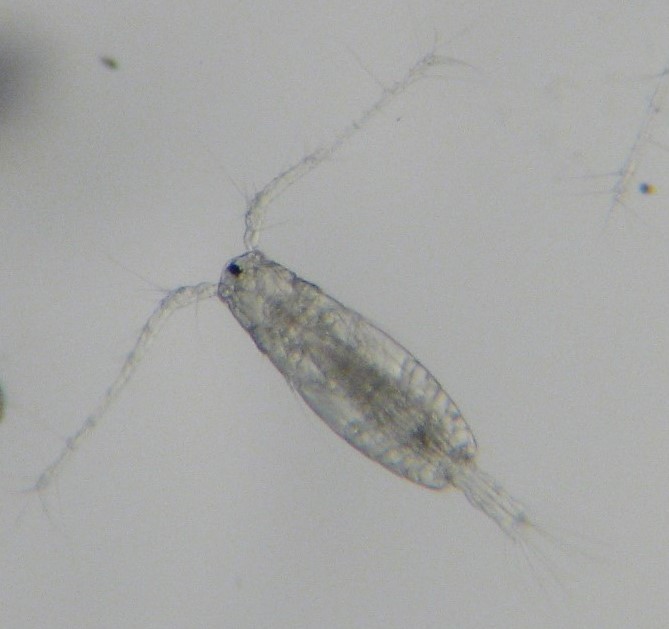
Arcatia tonsa is the dominant copepod in Chesapeake Bay and are a critical food
source for many fisheries species and a link between primary producers (phytoplankton) and upper trophic levels. Size is approximately 1 mm. Credit: James Pierson.
A new NCCOS-funded project is underway to assess how low oxygen concentrations and increased water temperatures impact copepod production in the Chesapeake Bay. Arcadia tonsa (pictured here) is the dominant copepod of the bay and a critical food source for many fish species. The goal of this project is to improve the ability of models to predict how hypoxia and temperature will affect management-relevant fisheries and ecosystems. Learn more about this project: https://coastalscience.noaa.gov/project/effects-of-hypoxia-and-warming-on-zooplankton-in-chesapeake-bay/
#ChesapeakeBay #FisheriesManagement #Hypoxia
 Official websites use .gov
A .gov website belongs to an official government organization in the United States.
Official websites use .gov
A .gov website belongs to an official government organization in the United States. Secure .gov websites use HTTPS
A lock or https:// means you’ve safely connected to the .gov website. Share sensitive information only on official, secure websites.
Secure .gov websites use HTTPS
A lock or https:// means you’ve safely connected to the .gov website. Share sensitive information only on official, secure websites.